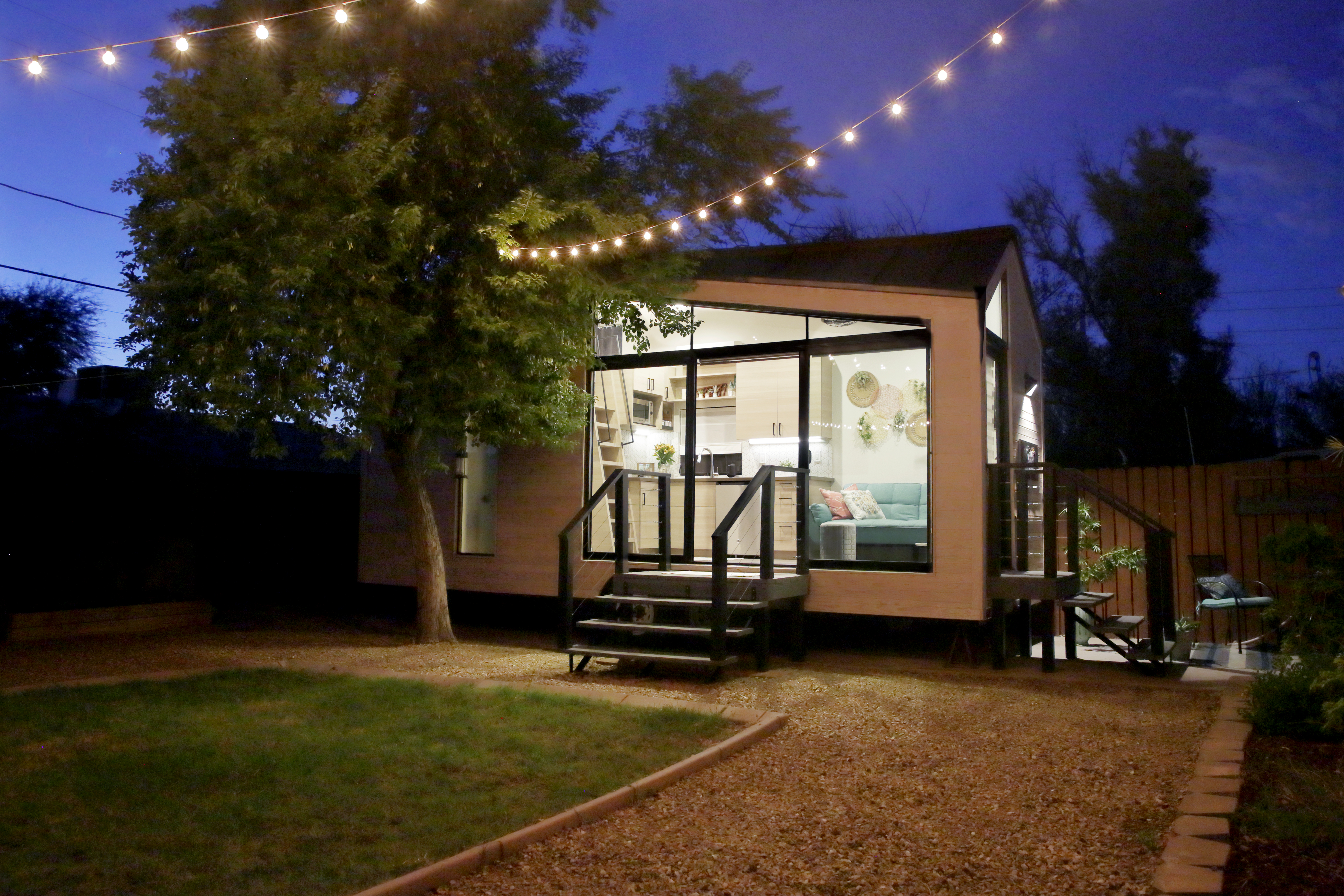AARP Hearing Center

LATEST NEWS: City of Cincinnati To Allow ADUs
Two challenging realities facing many communities are the lack of housing, especially affordable housing, and the rate of which our population is aging.
The oldest millennials are now turning 40, and by 2035, adults 65 and older will outnumber children for the first time in U.S. history. In less than 10 years, one of every five people in Ohio will be 65 or older.
It’s not just important—but essential—for communities to think about the needs of older adults, particularly with regard to the kinds of housing they need and want and the amenities they desire.
With limited supply and high costs of housing, AARP Ohio is advocating for affordable housing initiatives across the state, such as revised zoning laws to allow accessory dwelling units (ADUs).
ADUs can play an important role in serving housing needs for all ages in our state, including the rapidly growing population of older adults.1 When asked, nearly 90% of the 50+ population indicate they want to stay in their homes and communities as they age, where they have strong social networks and a sense of familiarity.
“Communities that understand the benefits of ADUs allow homeowners to create them,” said Nicole Ware, Associate State Director for AARP Ohio in Cincinnati. “ADUs are practical solutions for rising home prices and are beneficial for people and the communities where they live.”
A Practical Option
ADUs are smaller structures that exist on the same property as a single-family residence but provide separate and independent living quarters. They can be attached to an existing home or be a stand-alone structure. Because ADUs make use of the existing infrastructure and housing stock, they’re also environmentally friendly and respectful of a neighborhood’s pace and style.
In the 2021 AARP Home and Community Preferences Survey, adults age 18 or older who would consider creating an ADU said they would do so in order to:
- Provide a home for a loved one in need of care (86%).
- Provide housing for relatives or friends (86%).
- Have a space for guests (82%.)
- Create a place for a caregiver to stay (74%).
- Increase the value of their home (69%).
- Feel safer by having someone living nearby (67%).
Regardless of how and why they’re built, ADUs can help ensure that people of all ages have more options in where and how to live in their own communities. Because ADUs tend to be smaller and more affordable for than single-family homes, they can be a good option for older adults who need alternative housing arrangements—empowering them to choose where they live as they age.
Cincinnati Passes ADU Ordinance
According to the “Housing Our Future” report in 2020, rising housing costs and stagnating incomes are causing housing affordability challenges, with nearly one-third of Hamilton County residents paying more than 30% of their income for housing. Cincinnati and Hamilton County now have a deficit of at least 40,000 units available to low-income households.
As a response to its affordable housing crisis, the Cincinnati City Council passed an amendment to the Cincinnati Zoning Code on June 26, 2023 to permit the construction of ADUs on the same lots as single-family dwellings. Both AARP Ohio and Age-Friendly Cincinnati were consulted on the changes. The amendment will take effect in the coming months.
Cincinnati’s revised zoning code will allow:
- ADUs to be constructed in all zoning districts that permit single-family dwellings.
- Ensure that ADUs are developed in a manner that respects neighboring land uses.
- Increase housing supply and affordability.
- Makes efficient use of existing infrastructure.
“These changes will help create more attainable housing in Cincinnati and also enable older adults to live independently while having their family or caregiver close by,” Ware said.
1 The number of Ohioans ages 60 and older is projected to increase by nearly 4%, to about 3 million by 2040, according to an Ohio Department of Aging report released in 2022.
* This article was updated to reflect the passage of an amendment to the Cincinnati Zoning Code to allow the construction of ADUs on the same lots as single-family dwellings.
Related Articles
ADUs Are Good for People and Places
AARP Ramps Up Local Advocacy in Ohio
Affordable Housing in Ohio Key to Aging in Place
The ABCs of ADUs (Downloadable PDF)
All About Accessory Dwelling Units
Practical Solutions for ADUs































































